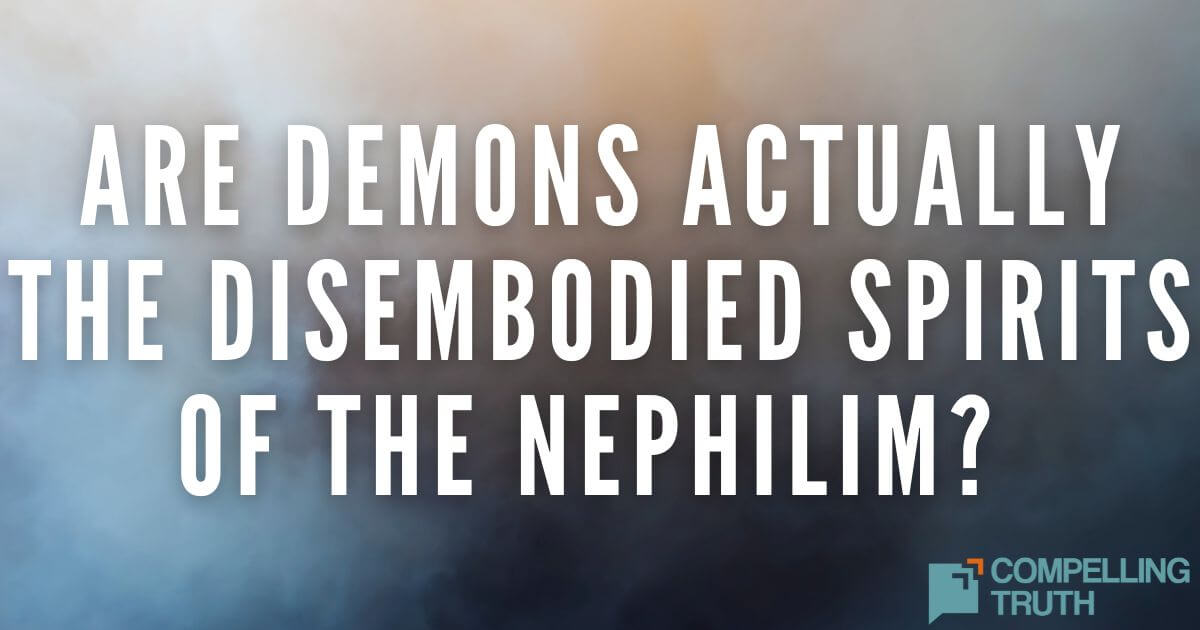The Anunnaki are mythological deities of ancient Mesopotamia. They appear in the ancient poem The Epic of Gilgamesh and in other Sumerian cuneiform tablets. There are similarities between the Anunnaki of the Mesopotamian world and the Nephilim in the Bible, but the account in the Bible was not copied from The Epic of Gilgamesh. The same is true of the flood account. This reveals a common understanding or interpretation of common events in the ancient world. In both the Bible and The Epic of Gilgamesh, supernatural beings interact with men during the time of a great flood. Because of this, we can say there is perhaps a connection between the Nephilim and the Anunnaki, but there is not enough information to be certain.
The similarities between the Anunnaki in the Epic of Gilgamesh and the Nephilim in the Bible should cause us to think about how we view ancient history. Just like with the hundreds of flood stories that exist, the similarities between the Anunnaki and Nephilim show us that there indeed was something significant that happened in the ancient Near East that impacted various cultures enough for them to record it and to pass down the stories. Their recounting of this event bolsters our faith as we seek to understand the context of the people living in that time and God’s character as He responded to what happened.
The truth we tell matters and impacts generations to come. Differences in what we tell will exist, but that does not change the truth. For example, we may remember an event a certain way or recount specifics of the event that were important to us. Another person may remember it differently or choose other details to retell, but what we have in common is that the event did happen. As Israel was commanded to pass on the truth (Deuteronomy 6:4–9), so we are called to share the truth with others.




